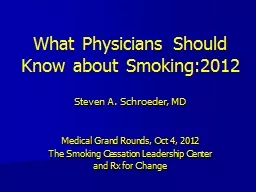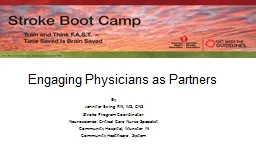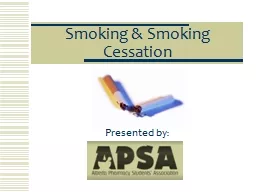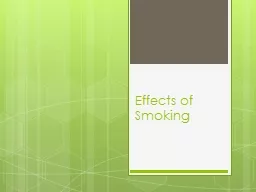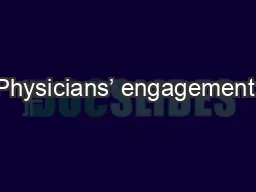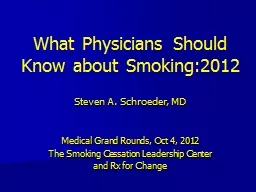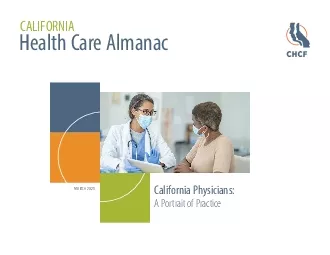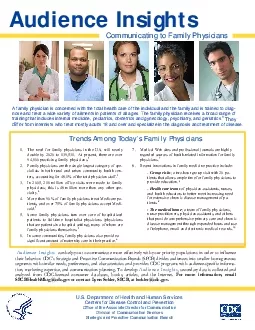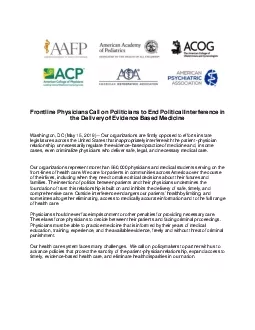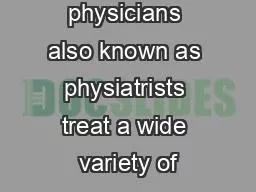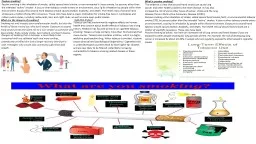PPT-What Physicians Should Know about Smoking:2012
Author : altigan | Published Date : 2020-06-17
Steven A Schroeder MD Medical Grand Rounds Oct 4 2012 The Smoking Cessation Leadership Center and Rx for Change How Did I Get into this Field Career goals of influencing
Presentation Embed Code
Download Presentation
Download Presentation The PPT/PDF document "What Physicians Should Know about Smokin..." is the property of its rightful owner. Permission is granted to download and print the materials on this website for personal, non-commercial use only, and to display it on your personal computer provided you do not modify the materials and that you retain all copyright notices contained in the materials. By downloading content from our website, you accept the terms of this agreement.
What Physicians Should Know about Smoking:2012: Transcript
Download Rules Of Document
"What Physicians Should Know about Smoking:2012"The content belongs to its owner. You may download and print it for personal use, without modification, and keep all copyright notices. By downloading, you agree to these terms.
Related Documents

